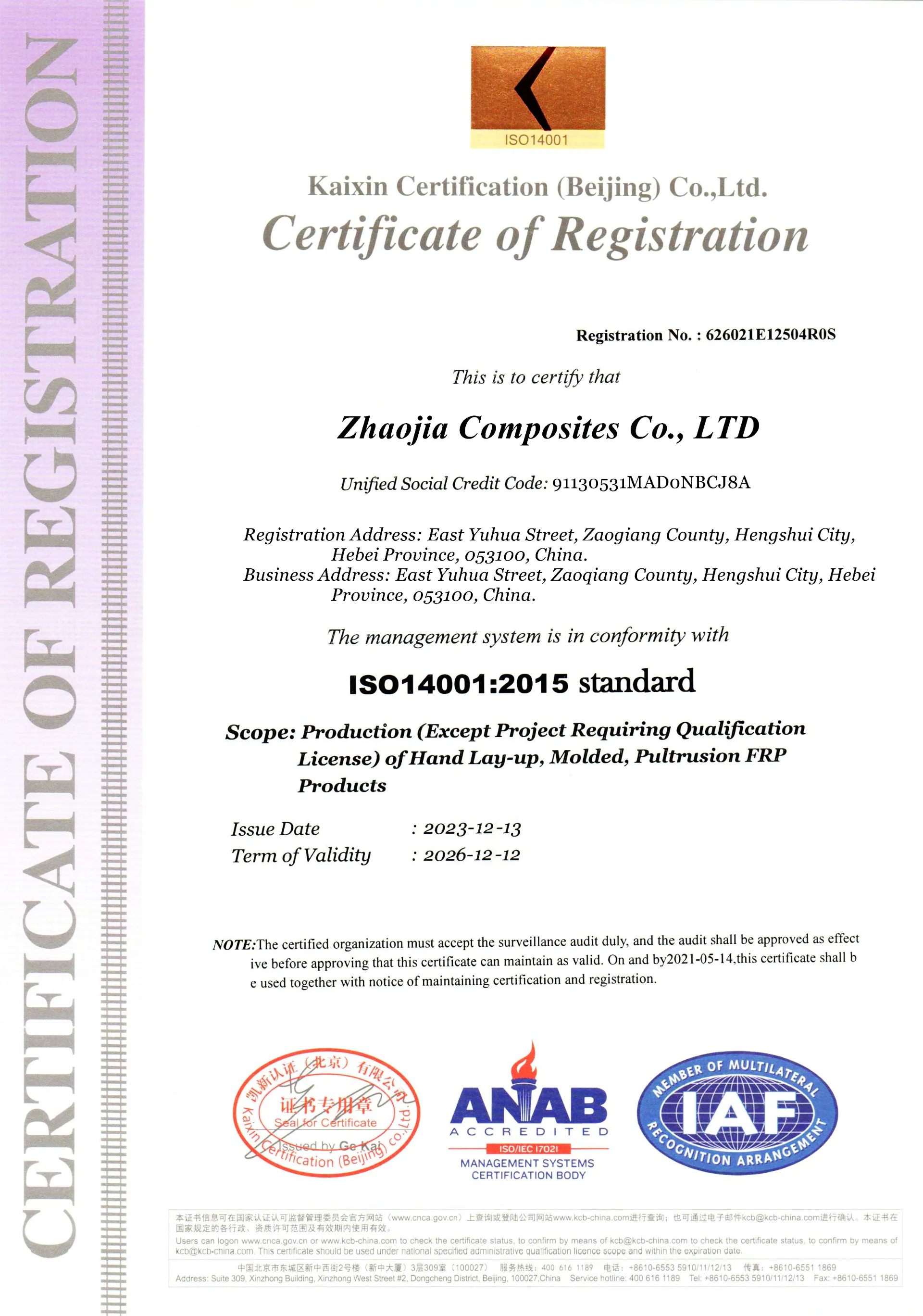loading...
- No. 9, Xingyuan South Street, Dongwaihuan Road, Zaoqiang County, Hengshui, Hebei, China
- admin@zjcomposites.com
- +86 15097380338
- Welcome to visit our website!
Innovative Solutions for Efficient Water Treatment Equipment and Systems for Sustainable Clean Water Management
The Importance of Water Treatment Equipment
Water is an essential resource for life; however, its quality is often compromised due to pollution, industrial waste, and inadequate sanitation practices. As populations grow and urbanization advances, the need for effective water treatment solutions becomes increasingly critical. Water treatment equipment plays a central role in purifying water to make it safe for consumption, agriculture, and various industrial applications.
Understanding Water Treatment Equipment
Water treatment equipment comprises various technologies and systems designed to remove impurities, pathogens, and other undesirable elements from water sources. This equipment can range from simple filters to complex multi-stage treatment facilities. Common types of water treatment equipment include filtration systems, reverse osmosis units, ultraviolet (UV) disinfection systems, and chemical dosing systems.
1. Filtration Systems These systems use physical barriers to separate dirt, debris, and larger particles from water. Common filtration methods include sand filters, carbon filters, and membrane filters. Each type serves a specific purpose, making it crucial to select the right filtration system based on the water source and contaminants present.
2. Reverse Osmosis (RO) This advanced technique employs a semi-permeable membrane to remove a wide range of impurities, including dissolved salts, bacteria, and other contaminants. Reverse osmosis is particularly effective for desalination and purifying drinking water in areas where natural sources are compromised.
3. Ultraviolet (UV) Disinfection UV disinfection systems use ultraviolet light to deactivate microorganisms in water. This method is chemical-free and effective against viruses and bacteria, making it an excellent option for ensuring safe drinking water without altering its chemical composition.
4. Chemical Dosing Systems These systems introduce chemicals into the water supply to facilitate various treatment processes, such as coagulation, flocculation, and disinfection. Common chemicals used include chlorine, aluminum sulfate, and polyphosphates. Proper dosing is vital to balance efficacy while minimizing harmful residues.
water treatment equipment

Benefits of Water Treatment Equipment
Investing in high-quality water treatment equipment has numerous benefits that extend beyond improving water quality. By ensuring safe drinking water, these systems help protect public health and prevent waterborne diseases. In agricultural settings, treated water can increase crop yield and quality, contributing to food security.
Moreover, effective water treatment can significantly reduce the environmental impact of wastewater discharge. Treatment processes can mitigate the release of harmful substances into natural water bodies, helping preserve ecosystems and maintain biodiversity. In industrial applications, treating water can lead to cost savings by recycling and reusing water, thus reducing the demand on freshwater resources.
Challenges and Innovations
Despite the clear benefits, water treatment equipment faces several challenges, including rising operational costs, aging infrastructure, and the need for ongoing maintenance and monitoring. Additionally, emerging contaminants such as microplastics and pharmaceuticals require innovative solutions to address the evolving landscape of water quality challenges.
To meet these challenges, the industry is witnessing a wave of technological innovation. Advances in nanotechnology, automation, and real-time monitoring systems are enhancing the efficiency and effectiveness of water treatment processes. Moreover, the integration of artificial intelligence and machine learning can optimize operations and predict maintenance needs, further improving service delivery.
Conclusion
Water treatment equipment is vital in ensuring clean, safe water for humans and the environment. As the demand for clean water continues to rise, the development and implementation of advanced water treatment technologies will be crucial in addressing current challenges and anticipating future needs. By investing in innovative solutions, we can safeguard our most precious resource and ensure its availability for generations to come.
-
Premium FRP Handrail for All ApplicationsNewsAug.29,2025
-
Low Maintenance FRP Mini Mesh Grating ProductsNewsAug.29,2025
-
Innovative FRP Square Tubes for Modern Industrial SolutionsNewsAug.29,2025
-
FRP Water Storage Tanks Wholesale Solutions for Bulk BuyersNewsAug.29,2025
-
FRP Molded Grating Solutions for Diverse Industrial ApplicationsNewsAug.29,2025
-
Construction Advancements Through FRP Pultruded ProfilesNewsAug.29,2025
-
Why Choose FRP Railings, Guardrails, and Handrail Systems?NewsAug.29,2025
